
Contact us for more information if needed.
Contact us for more information if needed.
Contact us for more information if needed.
Contact us for more information if needed.
Contact us for more information if needed.
Contact us for more information if needed.



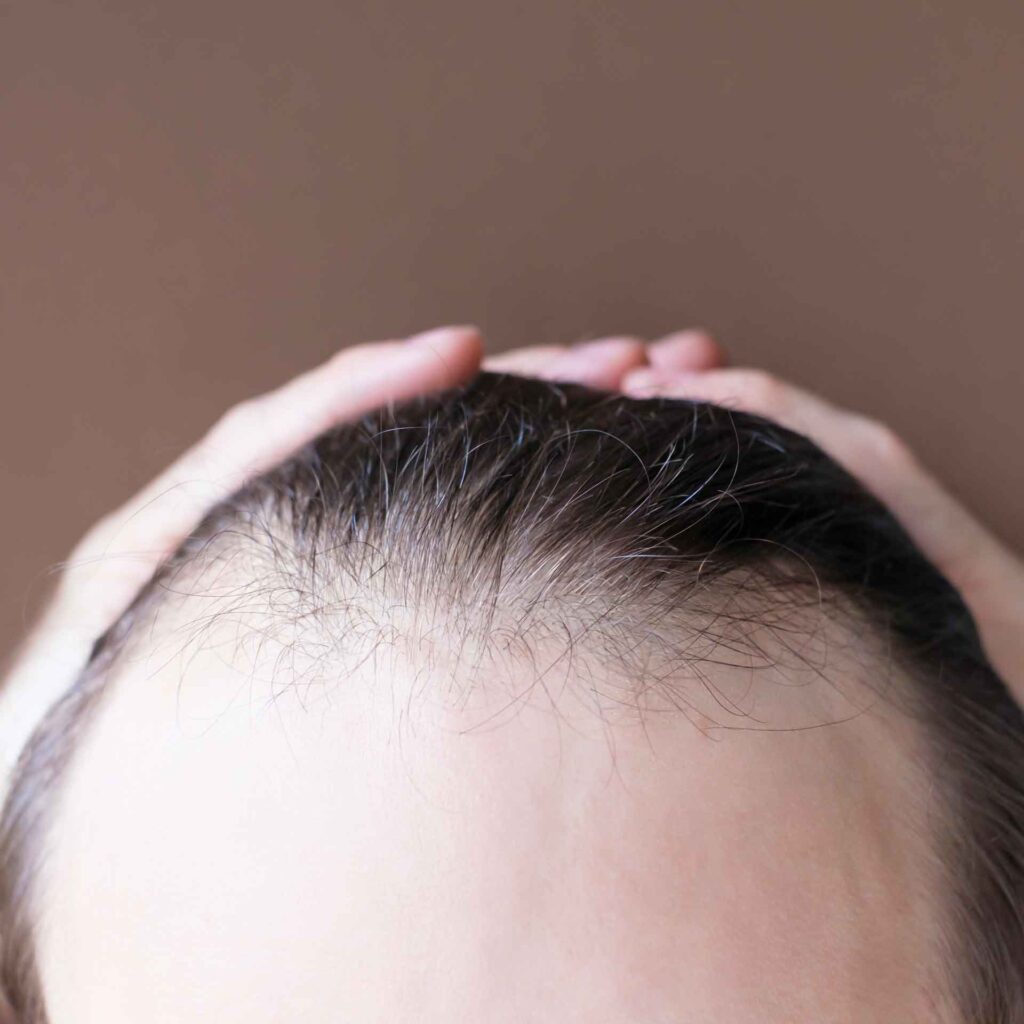
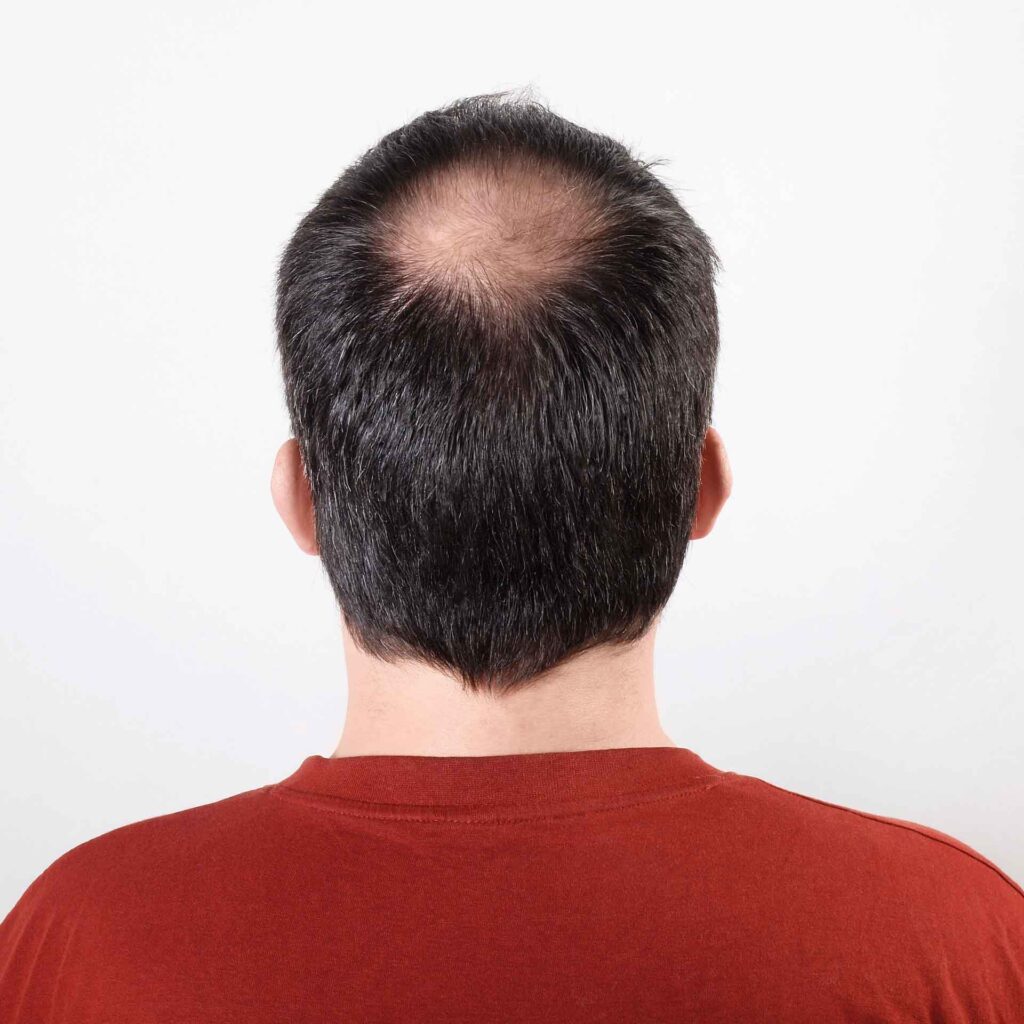



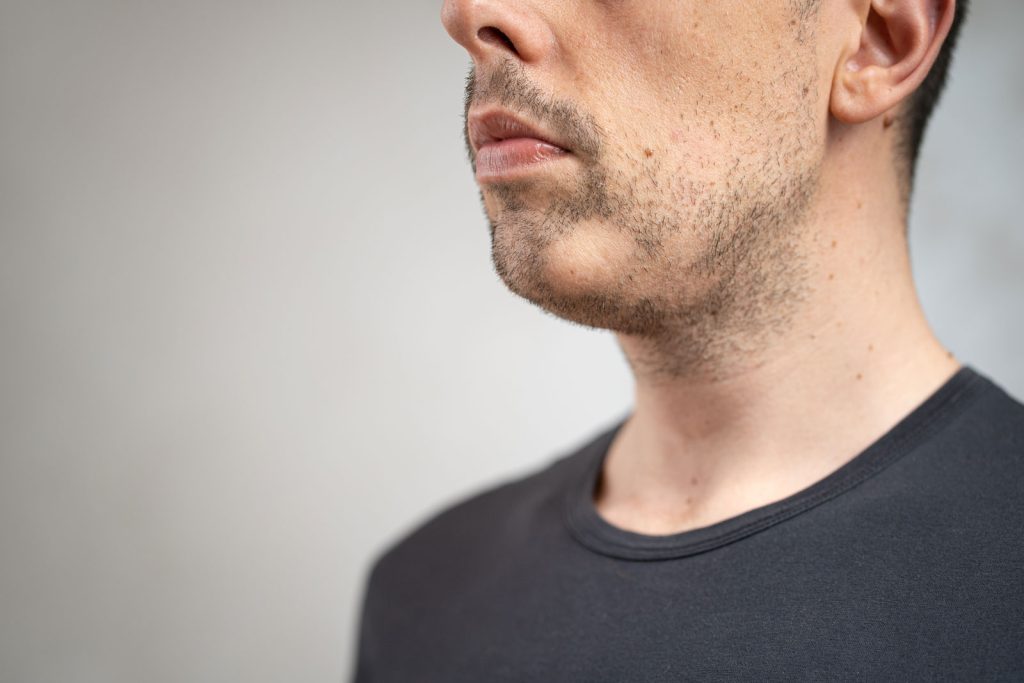
The causes of beard alopecia are different for each individual, the main one is a genetic pattern determining the form, type and thickness of facial hair. Each person has a different pattern, showing more or less facial hair, but if you have beard alopecia for genetic reasons, it is probable that your parents also have it. Another common cause for beard alopecia is stress. In patients with immunologic problems or stress, alopecia is presented as a matter of circular patches with no hair.
Among other causes is alopecia areata, an infection caused by bacteria or fungus, and chemotherapy. This type of alopecia is in the group of non-scarring alopecia.
Beard alopecia affects partially:
Depending on the type of beard alopecia, in some cases it may be reversed by stimulating the follicles with the correct treatment. It can also be treated through the FUE technique for hair transplant in HMR Tijuana.
In some cases, the face follicles are weak, and the beard does not develop entirely. There is a common belief that says that if you shave the area with less hair, this will get thicker and start to grow, but this is not proven to work for all patients. There are some other treatments, but none of them has been scientifically proven.
Some patients have facial hair but it becomes less thick with time, this might be due to an infection, an immunologic issue, or caused by a scar.
If you have areas on your face where there is no hair growing, visit HMR Tijuana.
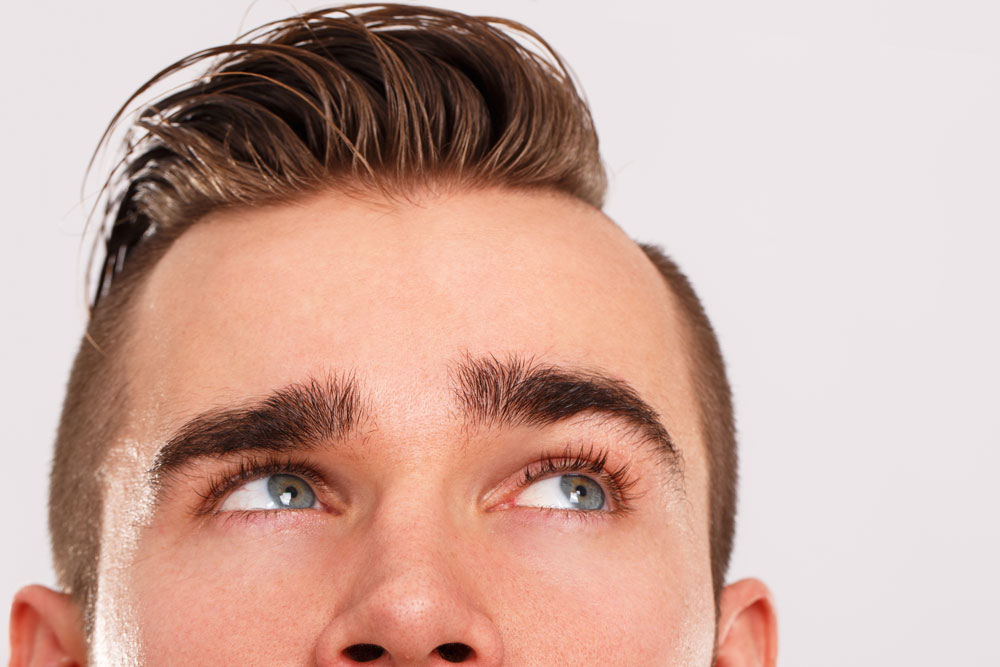


Unlike beard alopecia, the defect caused by eyebrow alopecia is harder to hide or disguise since eyebrows are one of the main aspects of the face and facial expressions.
An appropriate eyebrow design helps highlight a women feature, especially the eyes and nose. Apart from giving you an aesthetic face, the eyebrows also protect you from the intensity of sunlight. Patients with eyebrow alopecia might have some complications during their daily life.
Eyebrow alopecia originates from different causes, it is necessary for a professional to give you a diagnosis before starting any kind of treatment, be it medical or surgical.
As for eyebrow alopecia, the problem is besides the aesthetic one that it affects sight, since the eyebrows protect us against the sun.
Though sometimes facial hair is recovered naturally, it is important to contact Dr. Jorge Cortez at HMR Tijuana, since the episode could repeat itself. The most common eyebrow alopecia treatments are through medicines and through hair transplant.


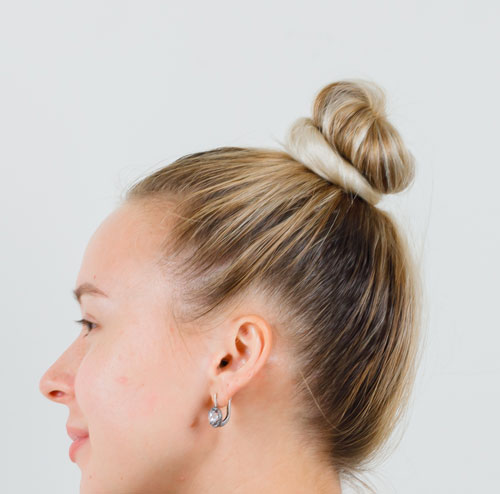
Traction alopecia can be prevented by styling your hair in a manner that does not use excessive tension. It is important to identify if you are presenting some of the symptoms above and, if you are, there are medical treatments that help with the hair natural growth. Hair transplant can also be suitable for you and it is a permanent solution.
In some cases, patients with psychological or psychiatric problems or patients under medical treatment may lose their hair, but in both cases there is a solution. It is recommended to contact an expert in hair loss to get a diagnosis.
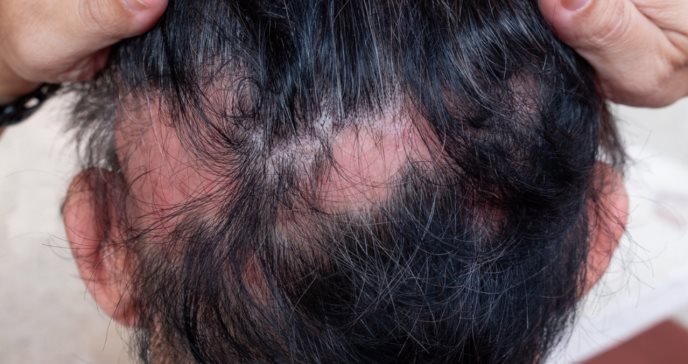
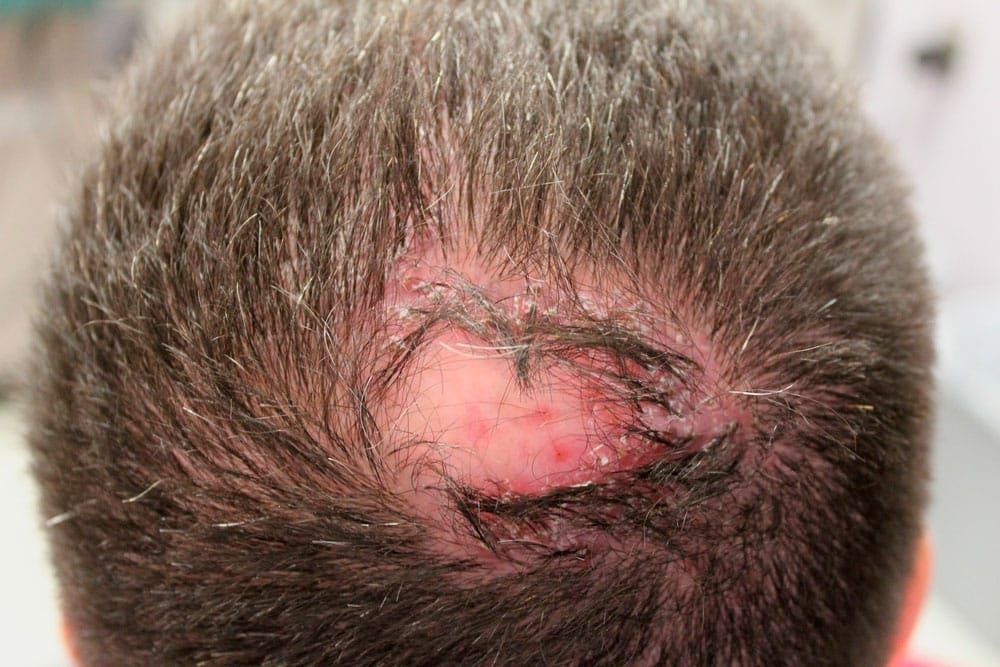

Hair loss occurs due to an inflammatory process caused by cells destroying the follicles. In scarring alopecia, these inflammatory cells divide this type of alopecia in three categories: lymphocytic, neutrophilic, and mixed scarring alopecia. Scarring alopecia is caused by external factors such as:
Birthmarks
Surgeries
Hairdos with traction
Burns
Infections
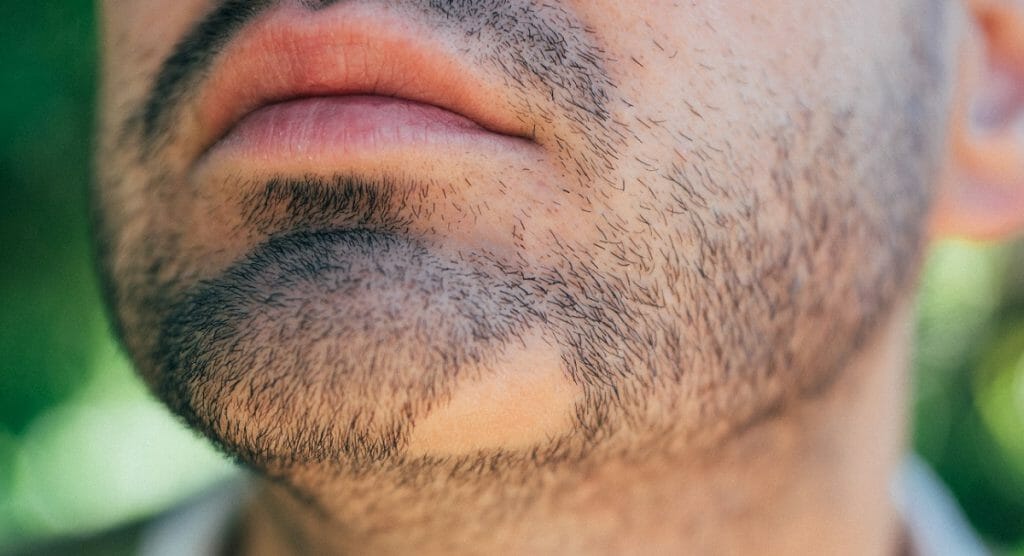


It has an autoimmune origin, that is, the body own defenses attack the hair root, causing inflammation that causes it to fall out and not grow again until the inflammation stops. The reason why this inflammatory reaction is triggered is completely unknown. There is evidence that genetics influences the development of alopecia areata. Stress can act as a trigger.
The evolution of alopecia areata is unpredictable, it can last a few months or many years. As it is an autoimmune process, alopecia can present episodes of improvement even without treatment, but in the same way it can be "active" and lose hair for a long time. In these cases, the treatment will be able to make the hair reappear, but as the treatment is withdrawn, there is a possibility that it will be lost again.
Reserve an appointment for hair transplant consultation, and learn how much you can save on your hair transplant cost compared to the prices of United States based hair clinics.
